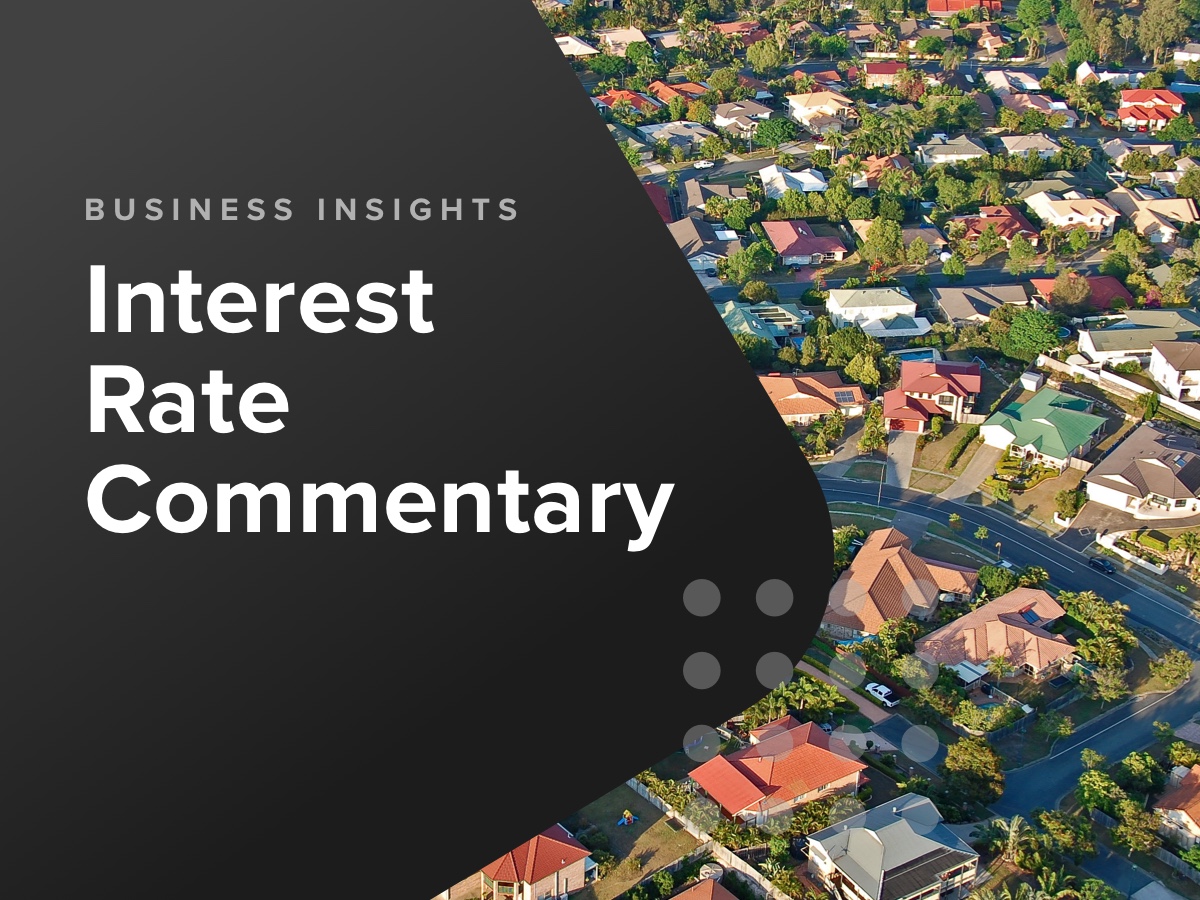The Reserve Bank of Australia (RBA) today announced its decision to leave the cash rate on hold at 4.35 per cent for the sixth straight meeting. Despite sticky services inflation, the RBA is, at this stage, still of the view that monetary policy is set at the right level to keep moving inflation down into the target band.
An obvious key risk to the inflation outlook is the upcoming income tax cuts that will flow through to pay packets next month. However, most surveys point to households allocating their tax savings to essentials that have already gone up in price – such as mortgages and rents, and electricity and gas services.
Falling overseas migration levels should also assist the RBA to reach its target inflation goal, however, this will take time and we most likely won’t see the benefits, such as fewer migrants searching for rental properties, until early in 2025. Labour Force data will also be closely watched, and while there are signs of easing in labour force shortages, this is happening too slowly to have any real impact on inflation at this point. However, more labour has reduced the threat of wage price increases, which does help the fight against inflation.
CreditorWatch Business Risk Index (BRI) data points to ever increasing stress levels in the Australian business sector. A new record high was set for trade payment defaults in May 2024, and this follows record highs set in February and April 2024 also. The ATO are also calling in overdue debts in increasing numbers, and court actions and insolvencies are rising steeply – and now well above pre-COVID levels. Clearly, cash flow issues are starting to permeate through the Australian small business sector.
Given the stress facing Australian households, both mortgaged and renters, as well as many small and medium sized businesses, we feel it is unlikely the RBA will move the cash rate higher from here. Rather, the likely scenario is for the RBA to maintain the pressure on prices by keeping the cash rate at 4.35 per cent in to early 2025, and only reducing it once the impact of lower migration levels begin to impact services inflation.

Get started with CreditorWatch today
Take your credit management to the next level with a 14-day free trial.

